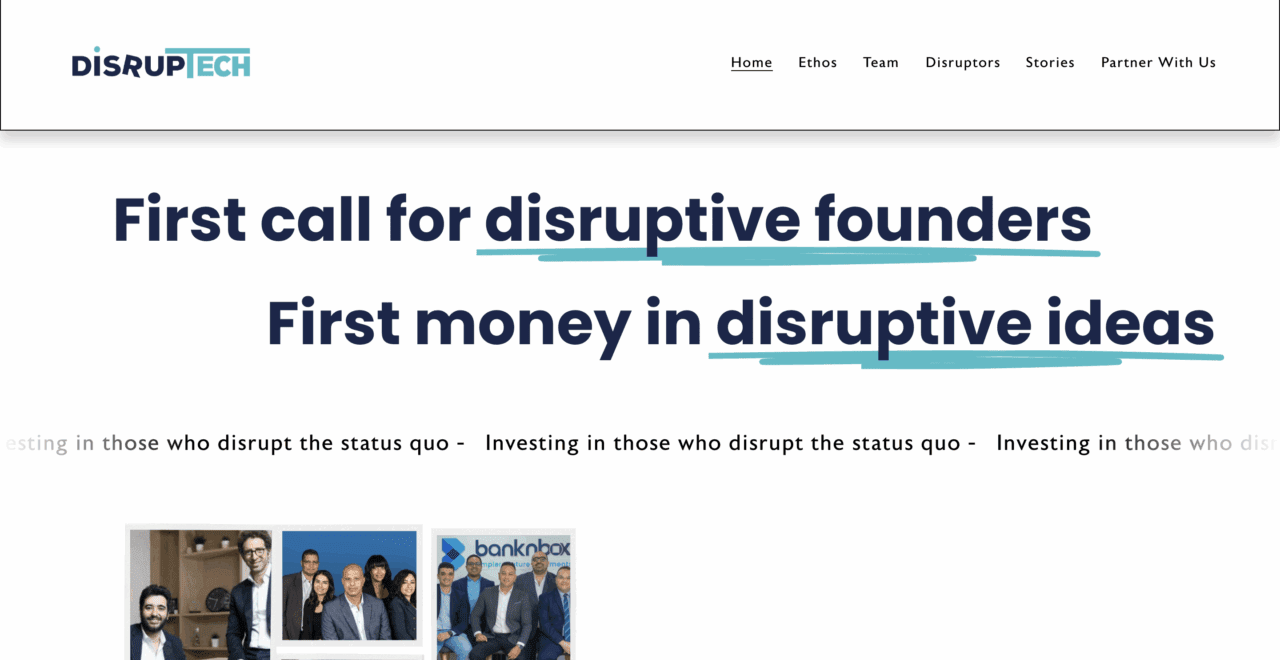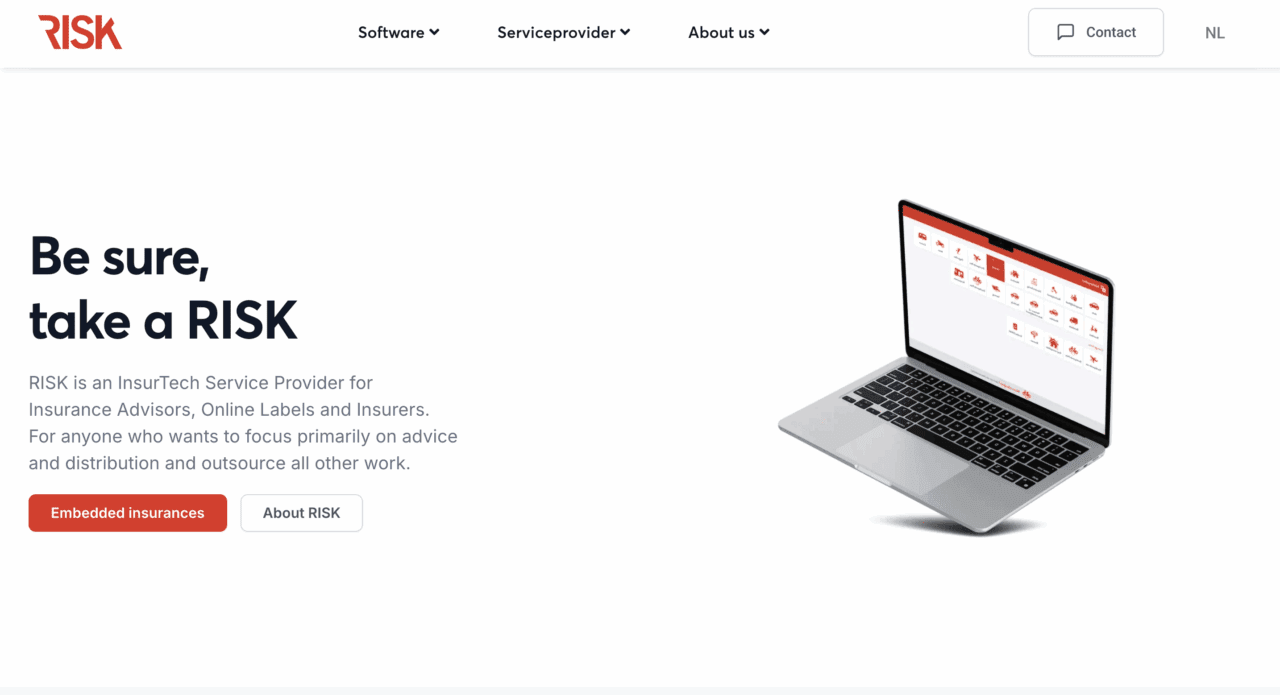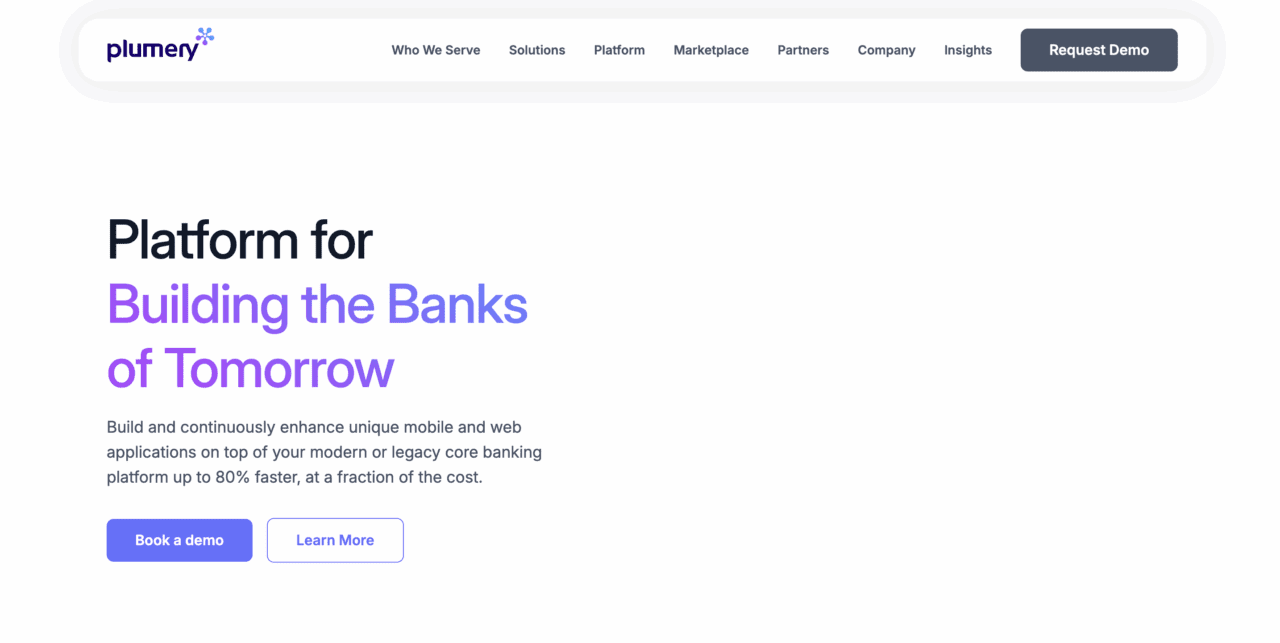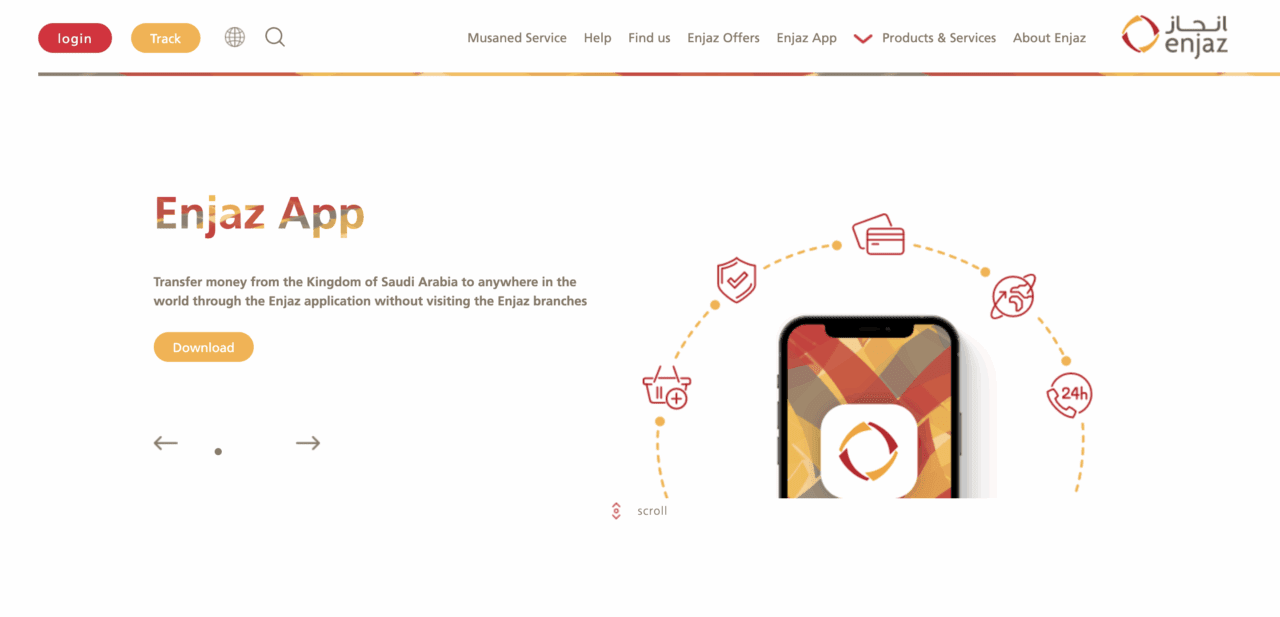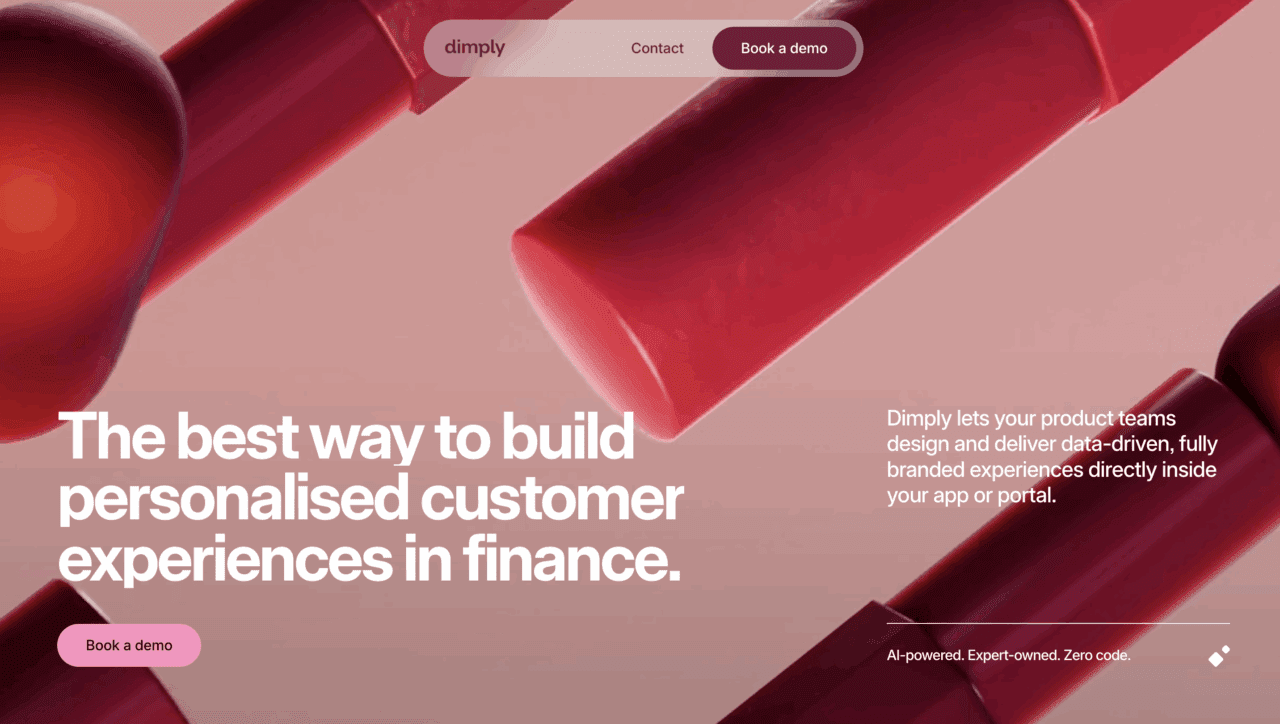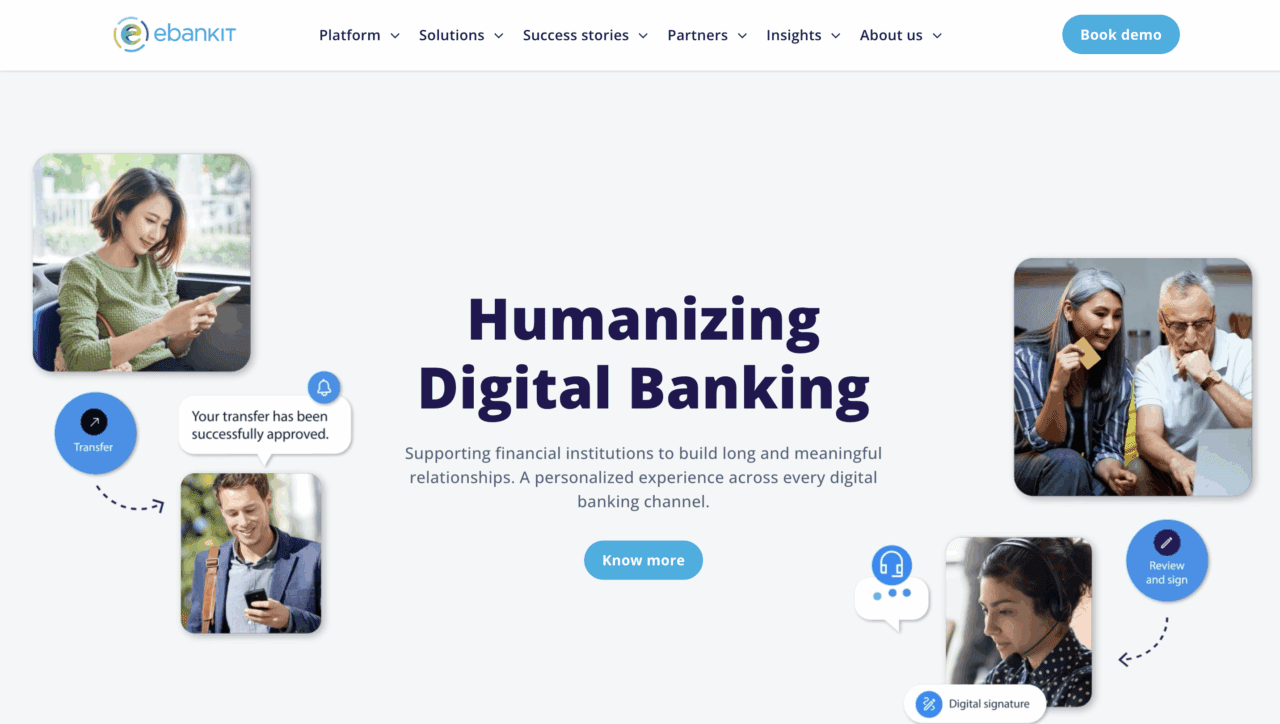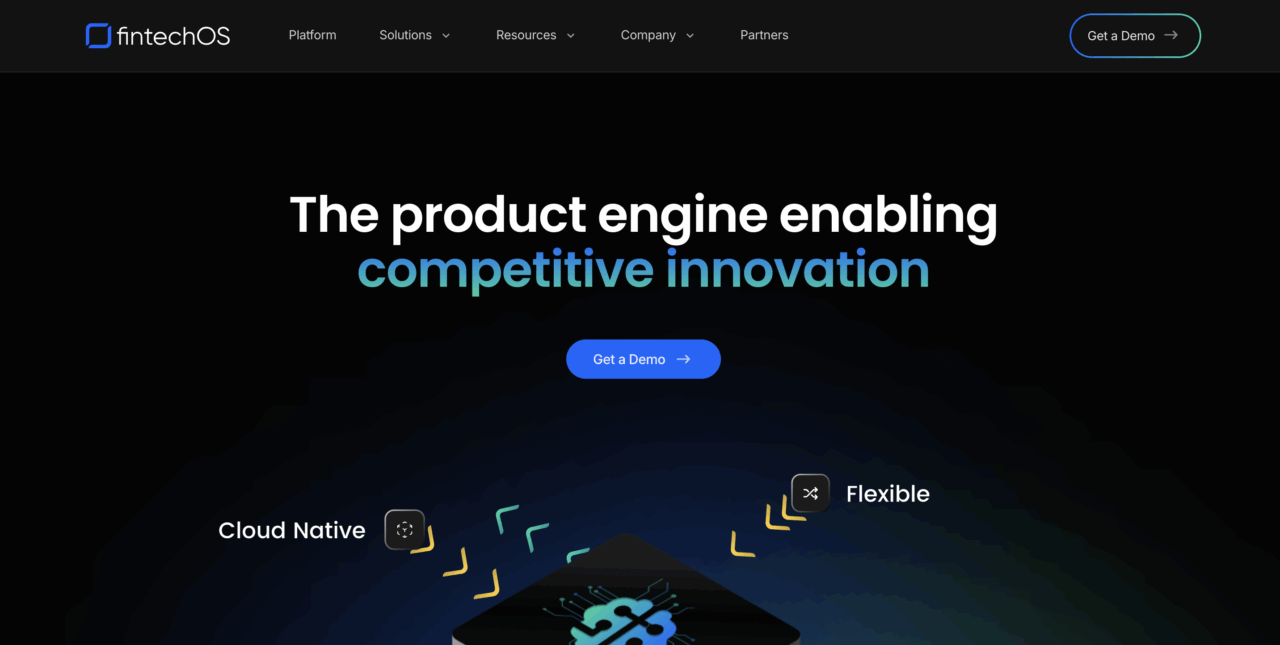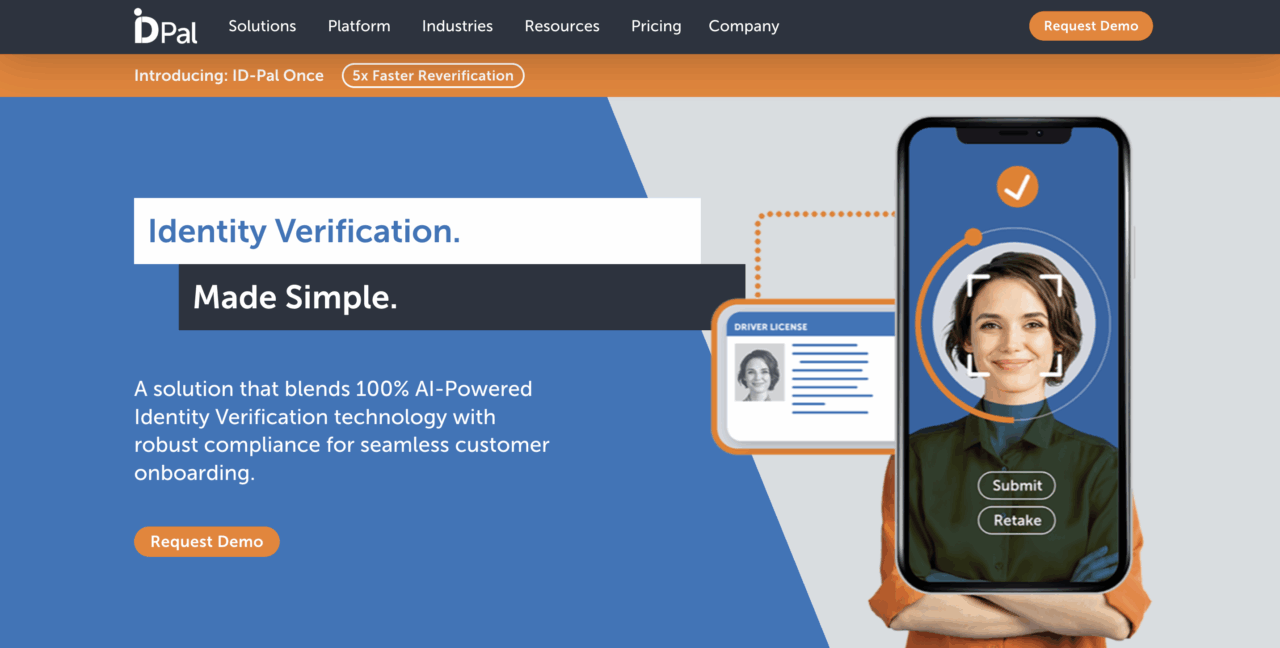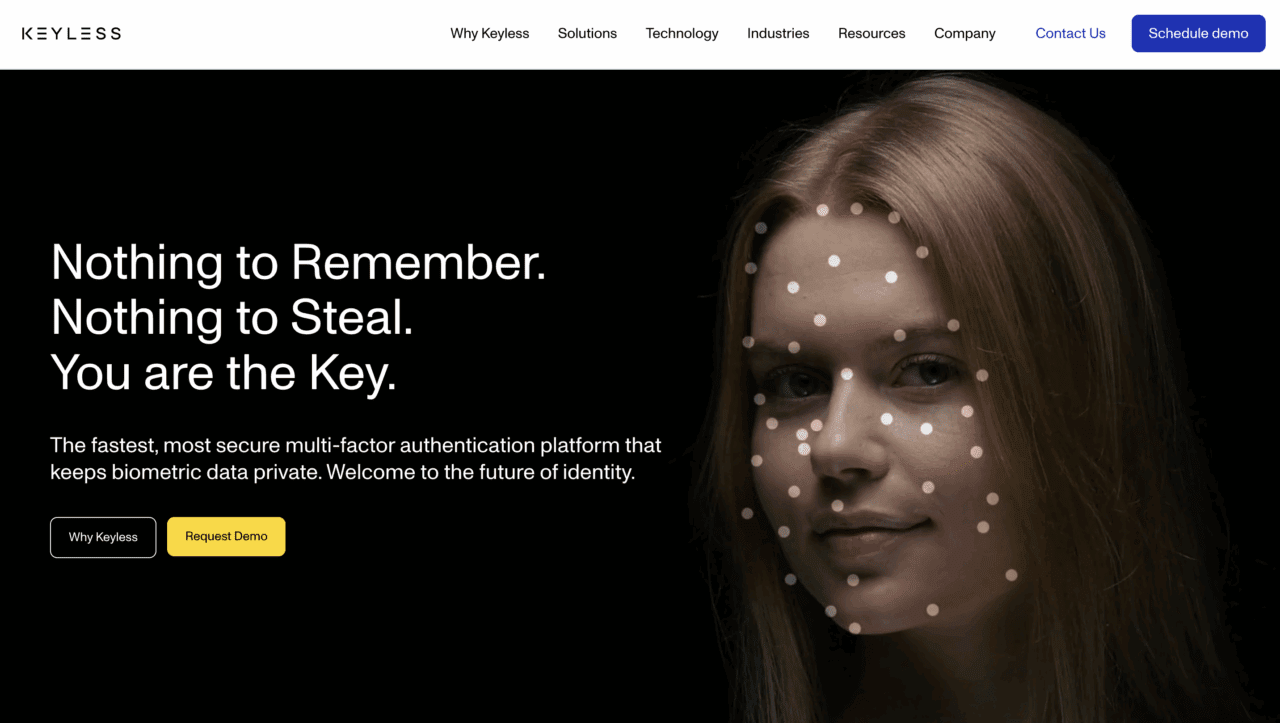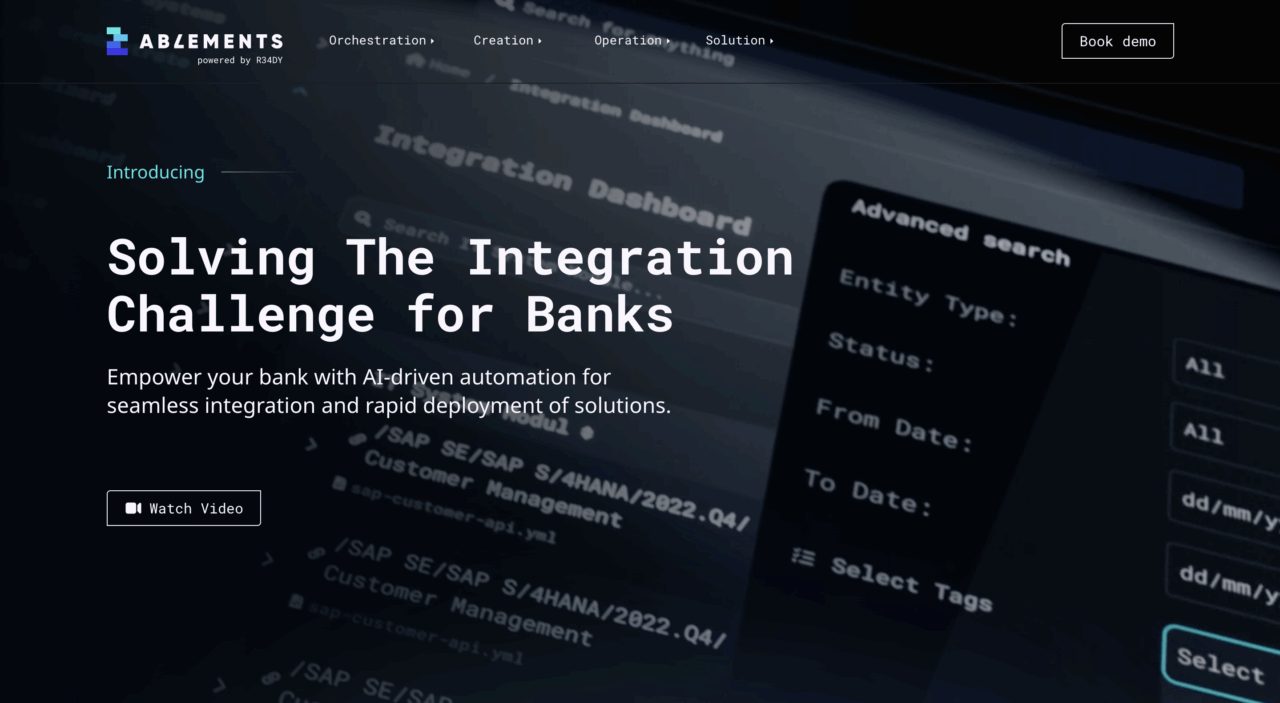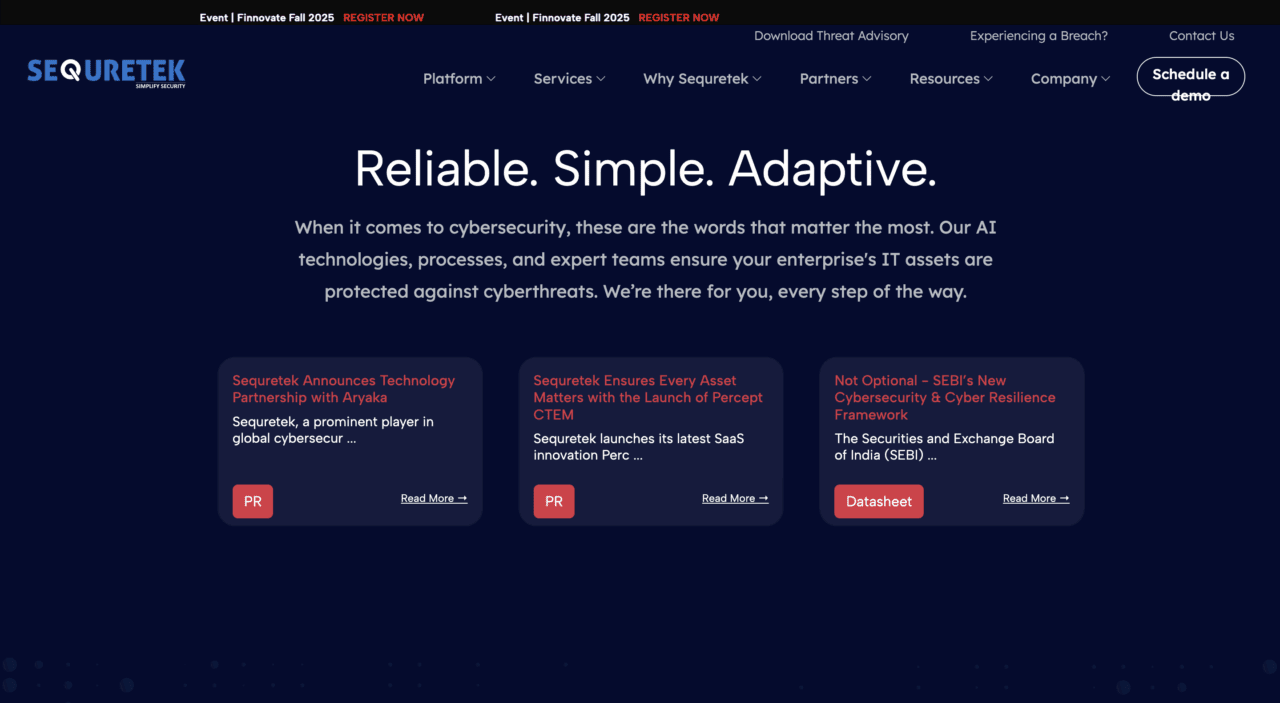
This week’s edition of Finovate Global features news from fintechs headquartered in Sweden.
Klarna Brings Tap to Pay to 14 Markets in Europe
Swedish digital bank and payment provider Klarna has introduced Tap to Pay across 14 markets in Europe. The new features bring flexible payments to the brick-and-mortar retail world at scale, and help to transform Klarna’s app into a contactless wallet ready for everyday use.
“Tap to Pay brings us closer to our vision of Klarna being everywhere for everything,” Klarna Chief Product & Design Officer David Fock said. “Now you can set up a flexible payment plan and tap to pay in seconds, all inside the Klarna app. It makes everyday shopping moments significantly smoother for our Klarna customers across Europe, giving them even more flexibility and choice at checkout.”

At a time when 80% of shopping in Europe is still conducted in physical stores, Klarna’s Tap to Pay solution offers consumers the seamless experience of online commerce when shopping at brick and mortar retailers. Tap to Pay is currently live for Klarna customers in Germany, Italy, Spain, France, the Netherlands, Finland, Belgium, Austria, Ireland, Portugal, Norway, Poland, Denmark, and Sweden.
Klarna’s Tap to Pay announcement follows the introduction of the company’s stablecoin, KlarnaUSD, in late November. Klarna is the first bank to launch a stablecoin on Tempo, the new independent blockchain purpose-built for payments, that was started by Stripe and Paradigm. Currently live on Tempo’s testnet, KlarnaUSD is scheduled to launch on Tempo’s mainnet in 2026.
“With 114 million customers and $118 billion in annual GMV, Klarna has the scale to change payments globally: with Klarna’s scale and Tempo’s infrastructure, we can challenge old networks and make payments faster and cheaper for everyone,” Klarna Co-Founder and CEO Sebastian Siemiatkowski said. “Crypto is finally at a stage where it is fast, low-cost, secure, and built for scale. This is the beginning of Klarna in crypto, and I’m excited to work with Stripe and Tempo to continue to shape the future of payments.”
A Finovate alum since 2012, Klarna is headquartered in Stockholm, Sweden.
Tink Brings Pay by Bank Top-Ups to Fidelity International Investors
As Senior Analyst Julie Muhn reported earlier this week, Fidelity International has partnered with Sweden-based open banking platform Tink. The partnership will enable Fidelity to offer account top-ups via Pay by Bank, making it easier for investors to fund their ISAs, SIPPs, cash management, and general investment accounts.
A two-time Finovate Best of Show winner that was acquired by Visa in 2021, Tink enables financial institutions, fintechs, and merchants to leverage financial data to design and create personalized financial management tools, products, and services. With a single API, Tink empowers its customers to access aggregated financial data, use smart financial services, including risk insights and account verification, and build personal financial management tools.
Pay by Bank is one of the fastest-growing use cases for open banking. With analysts anticipating that total open banking users will top 645 million worldwide in 2029—a 3.5x increase from 2025’s 183 million users—options such as Pay by Bank are likely to become increasingly widespread as a modern, secure payment alternative with reduced friction.
“Pay by Bank represents the next evolution of open banking payments, delivering a fast, secure way to pay directly from your bank account,” Tink Head of Payments Ian Morrin said. “As adoption accelerates, we’re thrilled to see leading institutions like Fidelity put open banking at the heart of their payment experiences to make topping up investment accounts more seamless.”
Founded in 2012, Tink is headquartered in Stockholm, Sweden. The fintech offers 3,000+ connections to the major banks across Europe, processes more than 10 billion transactions a year, and boasts 10,000 developers using its platform. Co-Founder Daniel Kjellén is CEO.
Swedish VC Incore Invest Secures €15 Million Second Closing
Incore Invest, an investment firm based in Stockholm, has raised €15 million in a second closing of its Incore Invest II fund. The fundraising brings the fund’s total capital to €40 million to help SaaS and fintech companies throughout Europe grow.
“Incore Invest’s strategy has always been to back proven tech companies with strong growth potential,” Incore Invest Founder and CEO Nicolai Chamizo said in a statement. “Investors’ continued confidence in Incore Invest is very encouraging and with this second close, the round is fully equipped with capital to back the most promising European technology companies. It allows us to continue identifying and supporting the next generation of category-defining technology companies shaping the future of the industry.”
Incore Invest’s successful fundraising comes at a time when a number of European venture capital firms, especially those that have targeted growth-stage or early-stage technology companies, are raising or closing new funds. For example, four funds alone—Backed VC, Notion Capital, Armilar Venture Partners, and henQ—have raised more than €300 million in capital combined this year.
Among the companies in Incore Invest’s portfolio are several of innovative fintechs including Brite, a Swedish payments platform that leverages open banking to process instant payments; Mynt, a Swedish fintech that simplifies expense management via smart company cards; and Froda, a Swedish fintech and embedded finance company.
Here is our look at fintech innovation around the world.
Sub-Saharan Africa
- Kenyan fintech Jahazii raised $400,000 to provide earned wage access and payroll infrastructure technology for Africa’s informal economy.
- Wise secured conditional regulatory approval to go live in South Africa.
- Business AM looked at how Nigeria’s FairMoney Microfinance Bank expanded beyond digital lending into a full-service bank.
Central and Eastern Europe
- Embedded finance infrastructure company YouLend announced a strategic partnership with digital financial management solution Qonto to help the firm enter the German market.
- Salt Edge teamed up with Romanian financial management platform, Finlayer, to bring open banking to small businesses in the country.
- Former Polish President Andrzej Duda joined the board of fintech firm ZEN.COM.
Middle East and Northern Africa
- Developed in partnership with Mawarid Finance, UAE-based fintech platform Huru launched its microfinance solution, Quick Cash.
- Egypt’s Money Fellows topped $1.5 billion in transactions.
- Israel’s Haaretz profiled Matan Bar, CEO of Israel-based fintech Melio.
Central and Southern Asia
- Financial Times interviewed Amrish Rau, CEO of Pine Labs, on the rise of Indian fintech.
- The Express Tribune looked at the current state of fintech innovation in Pakistan.
- India’s Paytm launched a new AI-powered travel app, Paytm Checkin.
Latin America and the Caribbean
- Episode Six forged a strategic partnership with Mexico’s Xepelin to launch digital financial products in the country.
- São Paulo, Brazil-based fintech Cumbuca launched this week to help international companies participate in the Brazilian payments market.
- Colombian fintech Movii entered the Peruvian market this week.
Asia-Pacific
- Vietnamese neobank Circle Asia Technologies launched its AI-powered PayLater card, in partnership with Pismo and Visa.
- South Korea’s NH NongHyup Bank conducted a blockchain-based cross-border payments pilot project.
- Thunes secured In-Principle Approval (IPA) for a variation on its Major Payment Institution license (MPI) from the Monetary Authority of Singapore.



